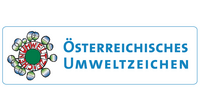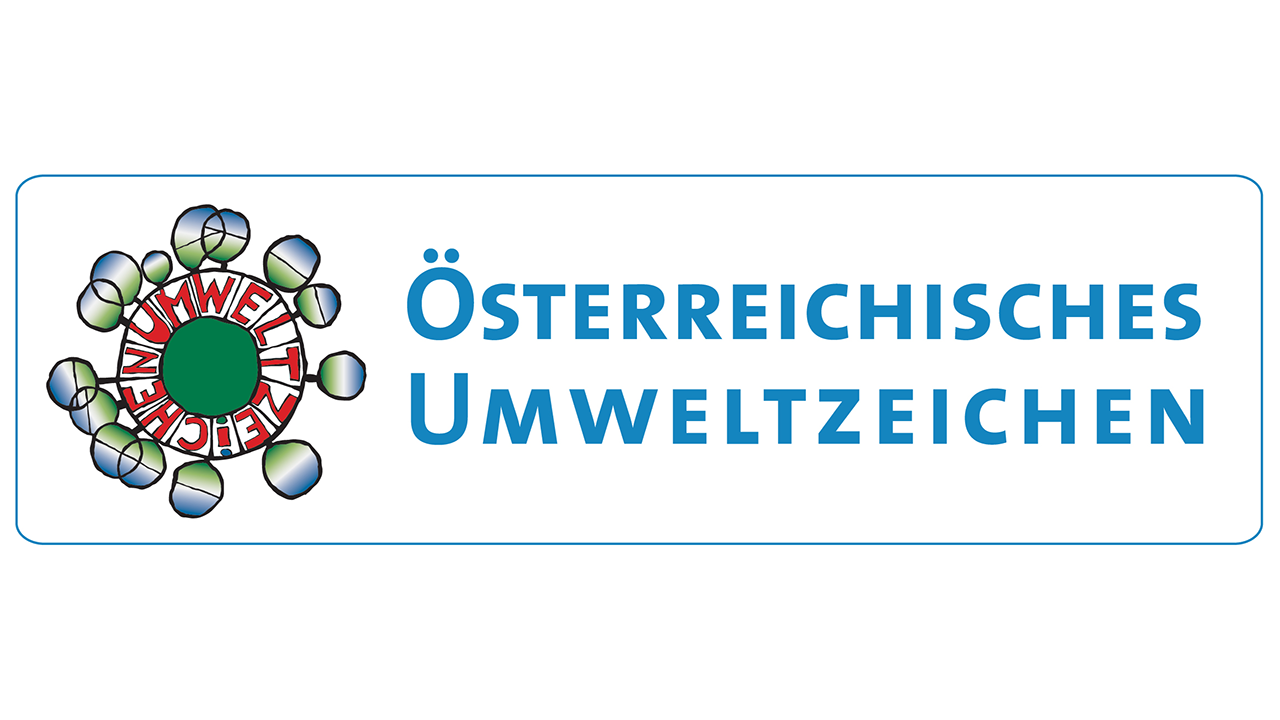
Bellevue Sustainable Healthcare
ISIN-No.: LU1819585883
YTD: -9.90%
Active share: 67.91
Anzahl Positionen: 45
Sustainability and health combined in a portfolio: First healthcare fund managed under consideration of ESG criteria
Investments in the 40 most attractive healthcare companies worldwide, regionally diversified and across sub sectors
The sustainability filter includes a "best-in-class" approach and the application of a strict exclusion process
Indexed performance (as at: 24.04.2025)
NAV: CHF 124.98 (23.04.2025)
Rolling performance (24.04.2025)
| B-CHF | Benchmark | |
| 23.04.2024 - 23.04.2025 | -10.56% | -11.61% |
| 23.04.2023 - 23.04.2024 | -4.06% | 6.86% |
| 23.04.2022 - 23.04.2023 | -7.66% | -6.81% |
| 23.04.2021 - 23.04.2022 | -9.19% | 11.33% |
Annualized performance (24.04.2025)
| B-CHF | Benchmark | |
| 1 year | -10.56% | -11.61% |
| 3 years | -7.46% | -3.29% |
| 5 years | -1.82% | 3.13% |
| Since Inception p.a. | 0.00% | 5.01% |
Cumulative performance (24.04.2025)
| B-CHF | Benchmark | |
| 1M | -9.69% | -12.22% |
| YTD | -9.90% | -9.21% |
| 1 year | -10.56% | -11.61% |
| 3 years | -20.76% | -9.55% |
| 5 years | -8.79% | 16.65% |
| Since Inception | -0.02% | 39.57% |
Annual performance
| B-CHF | Benchmark | |
| 2024 | 5.90% | 9.40% |
| 2023 | -10.95% | -5.55% |
| 2022 | -13.37% | -4.32% |
| 2021 | 9.52% | 23.35% |
Facts & Key figures
Investment Focus
The fund’s aim is to achieve capital growth in the long term, is actively managed and invests in healthcare firms with strong sustainability credentials and innovative business models. Examples of sustainability in the healthcare industry are environmentally sound procurement policies for drug makers, Show moreShow less
Investment suitability & Risk
Low risk
High risk
General Information
| Investment Manager | Bellevue Asset Management AG |
| Custodian | CACEIS BANK, LUXEMBOURG BRANCH |
| Fund Administrator | CACEIS BANK, LUXEMBOURG BRANCH |
| Auditor | PriceWaterhouseCoopers |
| Launch date | 29.06.2018 |
| Year end closing | 30. Jun |
| NAV Calculation | Daily "Forward Pricing" |
| Cut of time | 15:00 CET |
| Management Fee | 1.60% |
| Subscription Fee (max.) | 5.00% |
| ISIN number | LU1819585883 |
| Valor number | 41670704 |
| Bloomberg | BBSHCBC LX |
| WKN | A2JMRJ |
Legal Information
| Legal form | Luxembourg UCITS V SICAV |
| SFDR category | Article 8 |
| Redemption period | Daily |
Key data (31.03.2025, base currency USD)
| Beta | 0.82 |
| Volatility | 13.58 |
| Tracking error | 9.28 |
| Active share | 67.91 |
| Correlation | 0.75 |
| Sharpe ratio | -0.53 |
| Information ratio | -0.64 |
| Jensen's alpha | -6.36 |
| No. of positions | 45 |
Portfolio
Top 10 positions
Market capitalization
Geographic breakdown
Breakdown by sector
Benefits & Risks
Benefits
- Investments in the 45 most attractive healthcare stocks worldwide with due account taken of current sustainability criteria.
- Many years of recognized bottom up expertise coupled with comprehensive sustainability research from Sustainalytics.
- The sustainability filter combines a best-in-class approach with the application of a strict exclusion procedure.
- Proprietary investement process: Half-yearly company evaluation and rebalancing.
- Underweighting of pharma and US stocks against the relevant healthcare indices, and a strong focus on mid caps.
Risks
- The fund actively invests in equities. Equities are subject to strong price fluctuations and so are also exposed to the risk of price losses.
- The fund may invest a proportion of its assets in financial instruments that might under certain circumstances have a relatively low level of liquidity, which can in turn affect the fund’s liquidity.
- The fund invests in foreign currencies, which means a corresponding degree of currency risk against the reference currency.
- Investing in emerging markets entails the additional risk of political and social instability.
- The fund may engage in derivatives transactions. The increased opportunities gained come with an increased risk of losses.
Review / Outlook
Healthcare (MSCI World Healthcare) outperformed global equities (MSCI World) in March by 213 bps. While the sector declined on an absolute basis (-2.3%), it proved to be a relatively safe haven. We see this as being in line with the sector's fundamentals, such as high margins, innovation, and inelastic demand for its products and services. While the defensive names in the sector remained solid, caution is leaving the more innovative names on the sidelines. Biotech performed poorly in the month (NBI; -6.0%), with further underperformance for the higher-growth smaller companies (XBI Biotech ETF; -8.6%). This subsector has suffered from increased regulatory risk driven by changes in leadership at the FDA.
Healthcare services (+7.8%) was the best performing healthcare GICs industry, driven by supportive guidance commentary, and a lack of tariff exposure. Cost saving initiatives within the National Institute of Health has created some uncertainty regarding life science tools (-4.5%) earnings, which was the worst performing industry in the month. From a geographical point of view, Asian healthcare (+1.2%) performed best in March, followed by emerging markets (+1.1%). US (-1.8%) and particularly European (-4.5%) healthcare were disappointing in the month, with the difference being the strength of services in the US and weakness in Novo Nordisk shares.
The Bellevue Sustainable Healthcare Fund (I-shares: -2.8%, in USD) underperformed its healthcare index benchmark by 44 bps. Despite benefiting from overweight positioning in Asian and emerging market healthcare, the fund suffered from its overweight positioning in growth and mid-cap healthcare. Within the fund, the strongest absolute performance reported during the month was from US MCO Elevance (+10.1%; supportive management commentary). On the other hand, the most negative absolute performance was from European mega-cap pharma Novo Nordisk (-23.1%; weakening obesity prescriptions).
Dokumente
Show moreShow less
ESG
Portfolio examples with ESG relevance
Österreichisches Umweltzeichen






